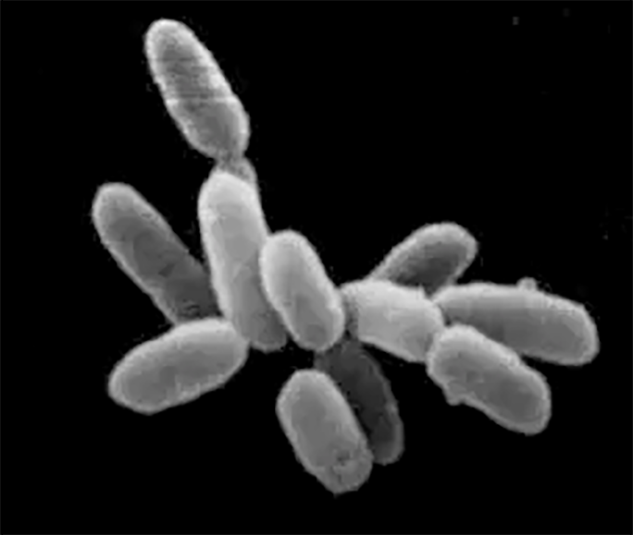Biodiversity & Environment
Archaea Microorganism
- 25 Jan 2020
- 3 min read
Why in News
Recently, scientists at the National Centre for Microbial Resource under National Centre for Cell Science (NCMR-NCCS) in Pune have reported a new archaeon, which they discovered in Sambhar Salt Lake in Rajasthan.
National Centre for Microbial Resource
- It started as Microbial Culture Collection (MCC) in 2009 with a mandate to preserve and catalogue the diversity of bacteria collected from different ecological niches from all over India and to make them available for biotechnological exploitation by researchers.
- In April 2017 MCC was transformed as a Centre of Excellence for National Centre for Microbial Resource (NCMR). It plays a crucial role as custodian of microbial diversity of India.
- It is a part of the National Centre for Cell Science.
National Centre for Cell Science
- It is a national level biotechnology, tissue engineering and tissue banking research centre located at Savitribai Phule Pune University, Maharashtra.
- It is one of the premier research centres in India, which works on cell-culture, cell-repository, immunology, chromatin-remodelling.
Key Points
- Archaea (singular archaeon) are a primitive group of microorganisms that thrive in extreme habitats such as hot springs, cold deserts and hypersaline lakes.
- These slow-growing organisms are also present in the human gut and have a potential relationship with human health.
- They are known for producing antimicrobial molecules and for antioxidant activity with applications in eco-friendly waste-water treatment.
- Scientists all over the world are working on the taxonomy of archaea but the studies on archaea are outnumbered and very little is known about how archaea behave in the human body.
- Based on mandatory genome analysis, researchers found that the organism has potential gene clusters that help maintain the metabolism of the archaea to survive in extremely harsh conditions.
- This particular organism also harbours specific pathways for DNA replication, recombination and repair.
- The new archaeon has been named Natrialba swarupiae, after Dr Renu Swarup, Secretary of the Department of Biotechnology, for her initiative in supporting microbial diversity studies in the country.






